Seochon Guest House [Korea Quality] / 서촌 게스트하우스 [한국관광 품질인증]
9.7Km 2023-04-07
28-3, Jahamun-ro 7-gil, Jongno-gu, Seoul
+82-010-3345-9680
Seochon Guest House is located in Seochon, which is becoming a hot place for tourists in Seoul, and precisely on the road to Suseong Valley, whichis filled with interesting stores and is also well-known for Park Nosoo Art Gallery and the House of Yun Dong-ju (poet). Seochon Guest House is nicknamed ‘Jaeminangol (interesting village)’ after Baekseok’s poem ‘Yeowunangol’, with the aim of providing a visit full of interesting experiences. Passing through a garden and entering the main building, the unique charm of this hanok building, the staircase to get to the first floor from daecheong (main floored room), catches the eye of the visitors. In addition, the building is decorated with various stylish objects including paintings and Korean musical instruments. The terrace situated on the first floor offers an open view of the surrounding area including roof tiles of hanok structures and alleyways in Seochon. It is said that Korean novelist Yoon Hu-myeong also appreciated the structure of the guesthouse, saying, “It is an interesting place.” Built in the 1930s, the house, which has many storage places, was taken by the owner couple in spring 2014 as they were attracted by the house during their trip to Seochon. After the repair work, the ground floor of the house was opened for guests from January 2016, hoping that guests could share their daily experiences and stories with each other. The guestrooms and the main floored room on the ground floor are open to guests, with the exception of the first floor, which is used by the owner couple. The living room is equipped with books, a curved TV, and a table. The tasty meal, which is served in the kitchen, consists of rice and soup with six side dishes and is much loved by guests. The guesthouse offers a total of four rooms – Jae Room, which is the most Korean-style room; Mi Room, which has a combined style of a Korean-style room and Western-style room; Nan Room, which is an ideal room for meditation with a beautiful paper window; and Ahn Room, which is equipped with a veranda and a pretty flowerbed. Every room has its separate charm with various comfortable bedding to provide a quiet and cozy bedroom for guests in the middle of the city. Furthermore, the guesthouse holds a pansori (epic chant) performance twice a year. The owner started learning how to sing pansori to promote the Korean culture and tradition to foreigners. When a pansori performance is held, the owner offers traditional Korean snacks and drinks including sikhye (sweet rice punch), sujeonggwa (cinnamon punch), traditional sweets and cookies, and tteok (rice cakes) to visitors, tourists, and performers. Moreover, it provides cultural programs such as a Gukak (Korean classical music) experience, Korean traditional clothes experience, and making Korean food experience, as well as other activities with guests, such as trip to the city wall between Inwangsan Mountain and Bugaksan Mountain, and the Royal Palace Tour to Gyeongbokgung Palace, etc., as well as a trip to a traditional market.
Teatro de NANTA en Hongdae (홍대난타극장)
9.7Km 2025-07-17
Yanghwa-ro 16-gil 29, Mapo-gu, Seúl
El espectáculo no verbal NANTA tiene su sala de intepretación de uso exclusivo en la zona de Hongdae, Seúl.
Geudaewain (그대와인)
9.7Km 2021-04-05
52, Eoulmadang-ro, 5-gil, Mapo-gu, Seoul
+82-2-6402-7757
Well-known for German white wine. The representative menu is house-made beer. This Korean cuisine is located near Hapjeong Station, Seoul.
Mercado Yangnyeongsi de Hierbas Medicinales de Seúl (서울 약령시장)
9.7Km 2024-02-01
Yangnyeong Jungang-ro 10, Dongdaemun-gu, Seúl.
Sala de Historia de la Prisión Seodaemun (서대문형무소역사관)
9.7Km 2025-05-13
Tongil-ro 251, Seodaemun-gu, Seúl
La Sala de Historia de la Prisión Seodaemun es un museo especial, situado en el Parque de la Independencia de Seodaemun. La prisión fue construida cerca de finales de la dinastía Joseon (1392-1910), y era el lugar en el que los soldados japoneses torturaban y luego ejecutaban a los seguidores coreanos del Movimiento por la Independencia. La Sala de la Historia de la Prisión Seodaemun fue establecida en recuerdo de la Prisión Seodaemun y para homenajear a los patriotas coreanos. Allí se encuentran siete celdas de prisión, una sala de exhibición histórica, una sala de ejecuciones, torres de vigilancia y una celda en el sótano en donde falleció Yu Gwan-sun, una figura histórica del movimiento independentista.
El 1er. piso es “Un Lugar de Reverencia”, en donde se informa sobre la Prisión Seodaemun a través de sistemas gráficos. Una gran pantalla muestra los orígenes de su fundación y los períodos de transición en su historia. La Sala de Material tiene exposiciones e información sobre la historia de Corea. El museo también alberga exhibiciones especiales. El 2º piso es “Un Lugar de Historia”, en donde se puede ver la “Sala de la Resistencia Nacional”, la “Sala de la Historia de la Prisión” y la “Sala de la Vida en la Prisión”. Este piso muestra ejemplos de cómo la gente luchó de forma continua, durante este oscuro capítulo de la historia coreana, para aferrarse a su esperanza y determinación de obtener la libertad. “Un Lugar de Experiencia” es el lugar más horrendo y espantoso de la prisión. En la “Sala de Detención Temporal” y en la “Sala de Tortura” verá recreadas escenas de torturas, que son terriblemente realistas.
En el Parque de la Independencia de Seodaemun cercano puede visitar la Sala de la Independencia, el Monumento Patriótico a los Mártires y el Monumento a la Declaración de Independencia del 1° de Marzo.
AK Plaza Hongdae (AK Plaza 홍대)
9.7Km 2025-06-18
Yanghwa-ro 188, Mapo-gu, Seúl
Hwang Seonsaeng (황선생)
9.7Km 2021-03-18
19-2, Daemyeong-gil, Jongno-gu, Seoul
+82-2-744-3301
This is a Asian restaurant located in Daehak-ro, Seoul. Try a variety of Thai dishes. The best menu at this restaurant is pad Thai.
Podam (포담)
9.8Km 2021-03-22
11, Jahamun-ro, 9-gil, Jongno-gu, Seoul
+82-2-733-0831
A store featured in Korean gourmet programs. This Chinese (cuisine) restaurant is located in Jongno-gu, Seoul. The most famous menu is dim sum.
Hojil (호질)
9.8Km 2021-03-20
15, Jahamun-ro, 9-gil, Jongno-gu, Seoul
+82-2-764-6822
A good restaurant to visit before and after the tour, being located near Gyeongbokgung Palace, one of the tourist attractions. This restaurant's signature menu is spicy sea snail salad. This Korean dishes restaurant is located in Jongno-gu, Seoul.
Puerta de la Independencia (Dongnimmun) (독립문)
9.8Km 2022-12-15
Tongil-ro 251, Seodaemun-gu, Seúl.
Dongnimmun se halla en un lugar conocido originalmente como Yeongeun, en donde otrora se trataba a los enviados oficiales. Cuando un enviado chino hacía una visita, el rey salía a través de esta puerta para recibirle. Fue construida en 1897, para anunciar la independencia de China, quien había influido en Corea durante mucho tiempo, y de Japón y Rusia, quienes acechaban al país.
Las expensas de la construcción fueron recaudadas como contribución por los ciudadanos coreanos. Los vestigios del pasado todavía permanecen en Dongnimmun. Los dos pilares enfrente de Dongnimmun son los restos de Yeongeunmun.
Si comparamos Dongnimmun, puede evocarnos al Arco del Triunfo de Francia, ya que este último se tomó como modelo para su construcción. Dongnimmun fue edificada con un muro de granito, y hay un pasillo con una altura de 14,28 metros. En lo alto está escrito “Dongnimmun” en coreano, con la bandera nacional dibujada a cada lado. En el lado interior izquierdo hay escaleras de piedra que conducen al ático. La flor nacional, mugunghwa, está plantada alrededor de Dongnimmun. Ahora está rodeada por carreteras y es llamativa a la vista cuando se pasa por allí.
![Seochon Guest House [Korea Quality] / 서촌 게스트하우스 [한국관광 품질인증]](http://tong.visitkorea.or.kr/cms/resource/41/2447241_image2_1.jpg)
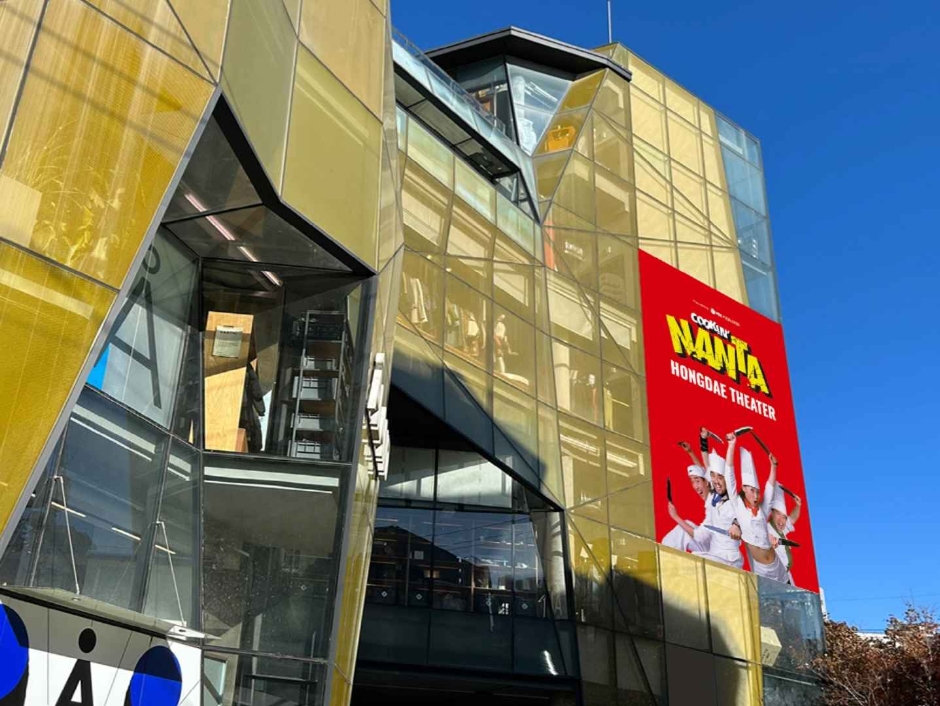
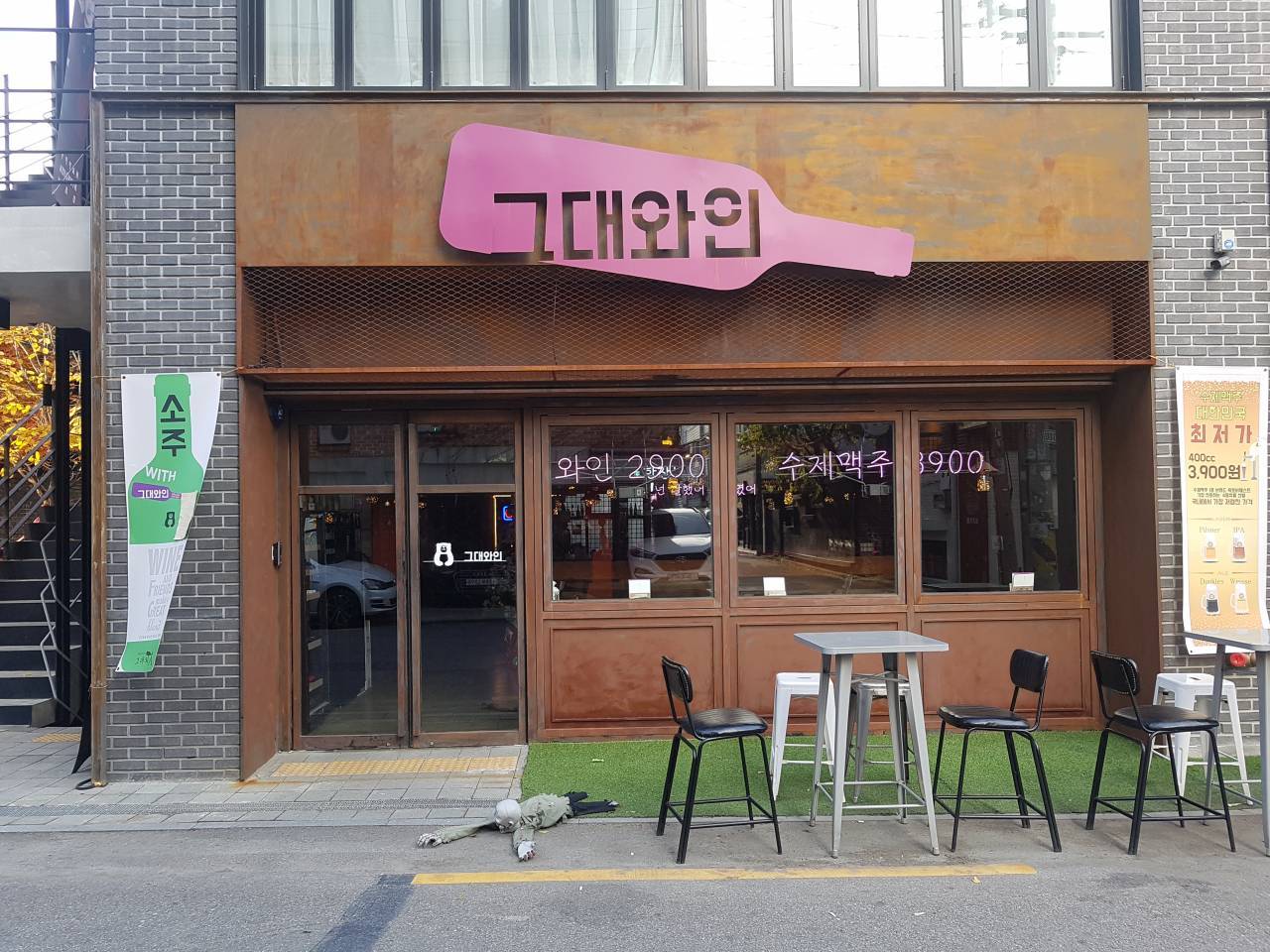

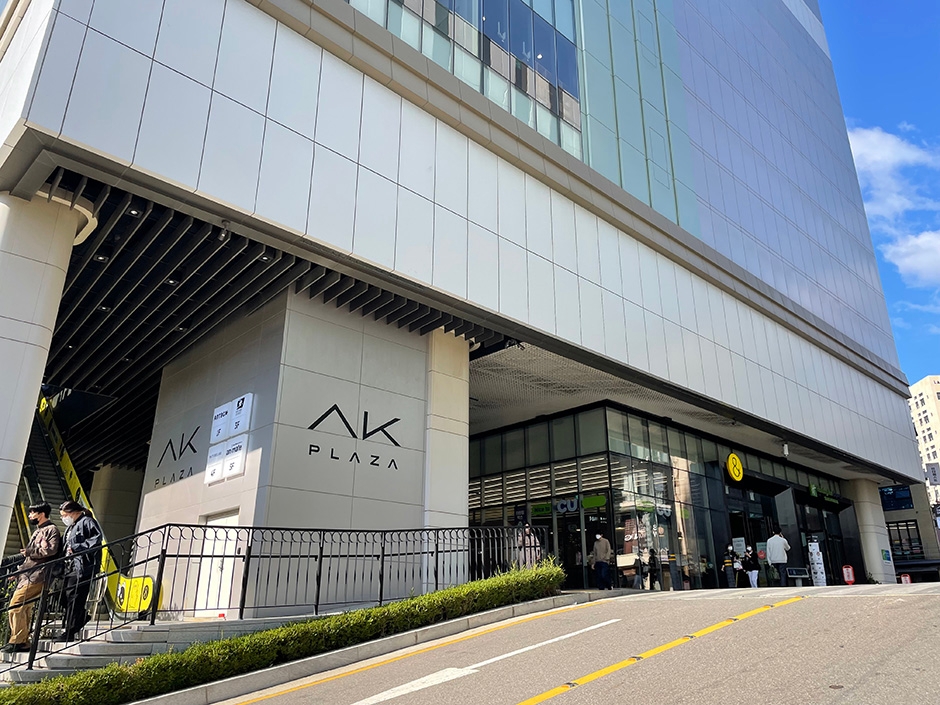

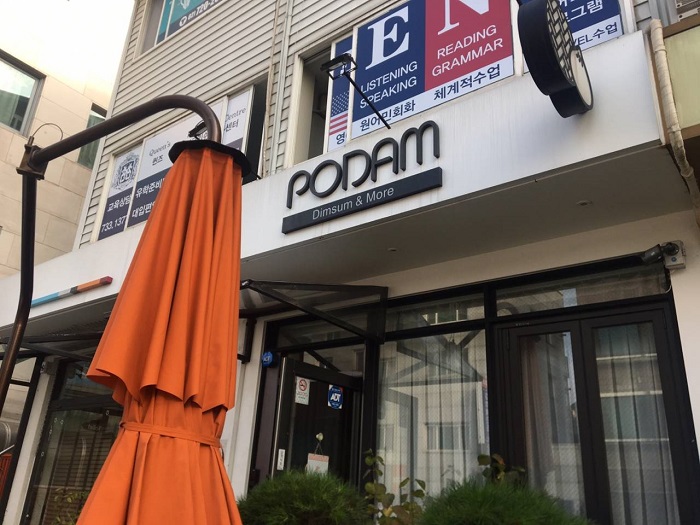
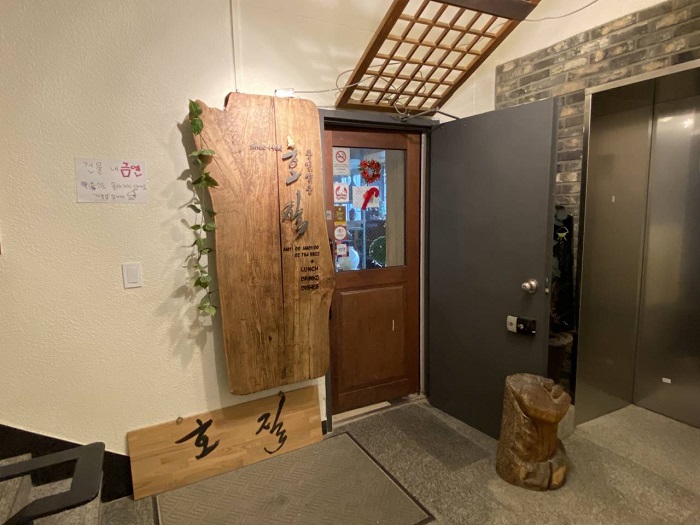
 Español
Español
 한국어
한국어 English
English 日本語
日本語 中文(简体)
中文(简体) Deutsch
Deutsch Français
Français Русский
Русский